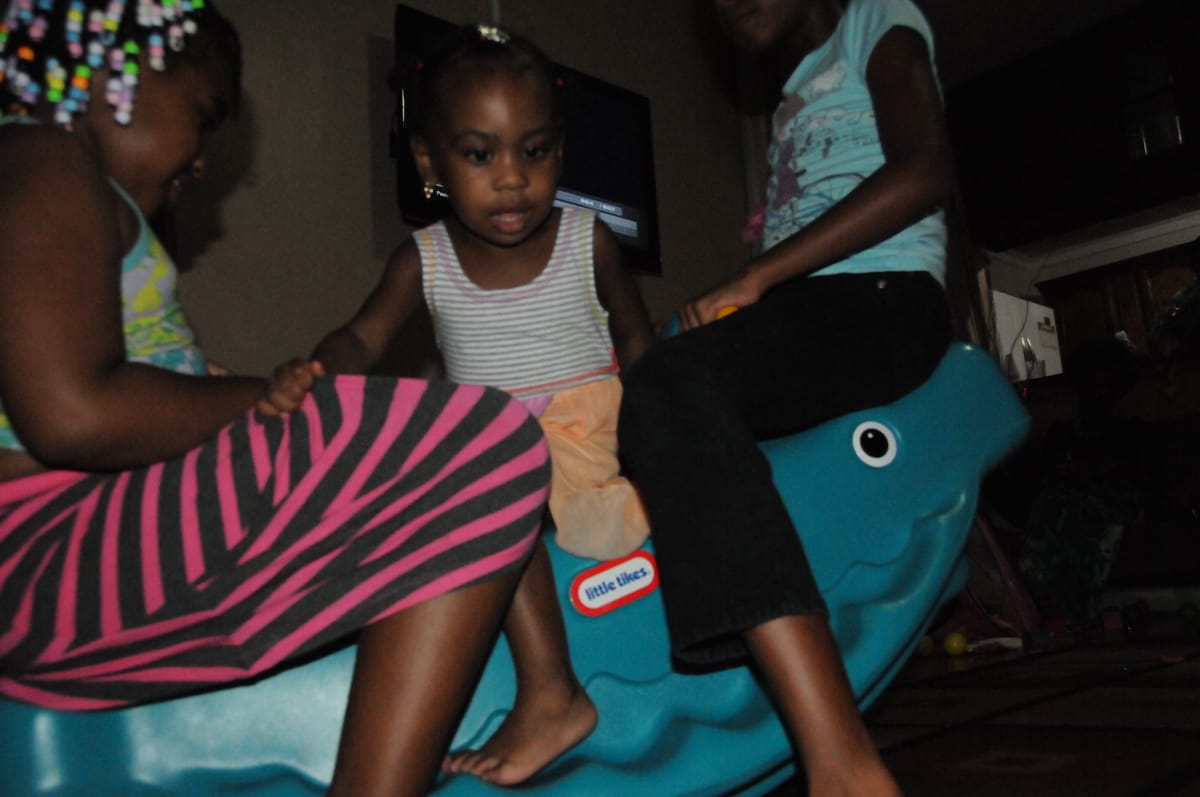Teaching Emotional Intelligence in the Home—Through Play

“You’re feeling mad because Bunny knocked you over, but it’s okay to feel mad.”
“Let’s take some deep breaths together.”
When my four-year-old grandson said this to his teddy bear, I blinked.
Where had that come from?
His mom and I had read books about feelings. We tried to model calmness (not always successfully!). But this wasn’t mimicry—it was empathy, regulation, and care.
He was doing it through play.
What Is Emotional Intelligence, Anyway?
Emotional intelligence—or EQ—isn’t just knowing the word frustrated. It’s the ability to:
- Recognize and name emotions (in self and others)
- Express them appropriately
- Regulate responses
- Show empathy and care
- Problem-solve during conflict
These are lifelong skills, and play is one of the best ways to nurture them.
Why Play Is the Perfect Classroom
Children don’t say,
“Mother, I’d like to work on self-awareness.”
They say,
“Wanna play?”
Play is how they explore the emotional world.
Through pretending, competing, storytelling, and building, they:
- Role-play perspectives
- Process tough experiences
- Practice social rules
📚 Research from the University of Cambridge (2010) found that pretend play boosts emotional regulation and empathy in young children.1
A Stuffed Lion Helped a Real Boy Roar
When preschool drop-offs led to daily tears, nothing worked—pep talks, hugs, bribes.
One night, we played “zoo.” My grandson made his lion roar:
“I don’t want to go to preschool! I miss my mommy and my granny!”
Bingo.
Instead of correcting, I picked up a stuffed elephant:
“It’s hard being away from the people you love.”
For 15 minutes, we role-played preschool drop-offs using animals.
He processed those feelings—on his terms.
Real drop-offs soon became easier.
Group Play and Emotional Resilience
Games with rules—like tag or board games—teach:
- Self-regulation
- Conflict resolution
- Patience
Play between siblings can be rocky. Instead of fixing everything, coach them:
“How can we make this fair for both of you?”
“What can we do to solve this problem together?”
Let them build resilience through problem-solving.
Emily’s Story
When four-year-old Emily snapped at her cousin Mara over a beloved doll, emotions ran high.
Emily’s mom gently stepped in:
“Look at Mara’s face. How do you think she feels?”
Emily hesitated, then said:
“We can both play with her.”
Giggles resumed. But now, they were filled with empathy and shared joy.
That moment was emotional learning through play.
What the Research Says
In 2020, the American Academy of Pediatrics found that guided play with emotionally responsive adults builds stronger emotional regulation than instruction alone.2
So instead of quizzing your child on emotions:
- Join the tea party
- Narrate the dollhouse drama
- Let Mr. Potato Head feel overwhelmed—and take a break
This is parenting.
Activities to Try at Home
You don’t need expensive toys. All you need are presence, time, and imagination.
Feelings Charades
Take turns acting out emotions like happiness, frustration, or nervousness.
Stuffed Animal Theater
Give your child’s toys “big feelings.” Let your child comfort or coach them.
Feelings Art
After a big event, ask your child to draw how they feel. Use it as a conversation starter.
Remember...
Behind your child’s play are lessons in:
- Understanding
- Patience
- Compassion
- Conflict resolution
All we need to do is meet them there.
Because in their most natural setting—play—they’re learning how to be caring, and loving human beings.
Footnotes
Footnotes
- Whitebread, D., Basilio, M., Kuvalja, M., & Verma, M. (2012). The Importance of Play: A Report on the Value of Children’s Play with a Series of Policy Recommendations. University of Cambridge. ↩
- Yogman, M., Garner, A., Hutchinson, J., Hirsh-Pasek, K., & Golinkoff, R. M. (2018). The Power of Play: A Pediatric Role in Enhancing Development in Young Children. Pediatrics, 142(3), e20182058. ↩